AUTHOR
Sierra Vorsheim
DATE
January 3, 2021
Last week we took a hike up Cerro Blanco, one of the local mountains in Trujillo, to celebrate Christmas. The views of the city were so awesome, we decided to head back for New Year’s Eve, a time when there is no shortage of fireworks around the city.
The afternoon/evening involved a combination of scrambling along steep, sheer rock as we attempted to recall the route up the mountain (no trail markers here!), a brief panic attack on my part (luckily not in a moment when concentration was of the utmost importance), a beautiful sunset to close out the final day of 2020, dinner and the realization that the local bats were being far more friendly than the week prior thus causing us to have to perfect how to encourage them not to fly into our faces, and then preparation for, and actual, fireworks photography.
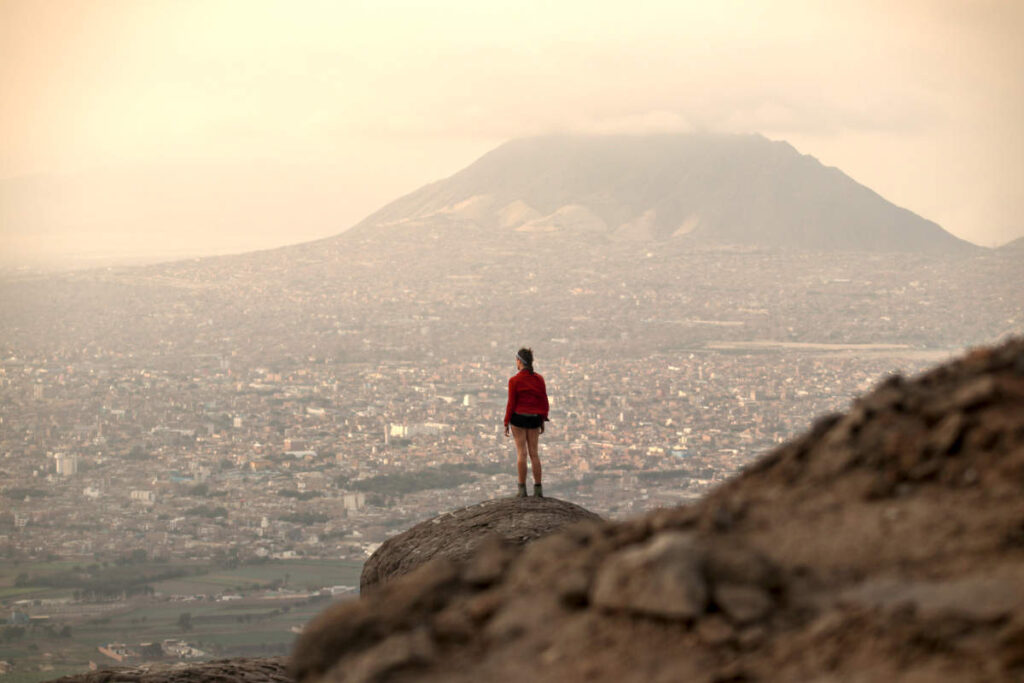
I’m happy to say that I’m quite satisfied with how several of my shots came out, largely thanks to a little prior preparation and encouragement by my SO to actually put a little more thought into what I was going to do shooting-wise.
While I’m not by any means a pro, over the course of our fireworks expedition I did develop some opinions on how best to go about the process. Here are some of my takes and suggestions in case you’re planning a fireworks photography expedition of your own.
Gear
Is it possible to take photos of fireworks with an iPhone? Absolutely. Would they be comparable to shots taken with a DSLR? Depends on what kind of shots you want but your DSLR is definitely going to give you more creative freedom.
The tips written here are targeted for fellow DSLR users. My baby is my Canon Rebel T6, which happens to be my first (and only) camera. I don’t have much in the way of lens recommendations as I only personally own 2 (almost 3 since I steal my boyfriend’s lens at times). If anything, the one thing I wished when I was taking my photos on this occasion was that I had a wider angle lens (better for taking all-encompassing landscape shots). Unfortunately, I don’t have the spare $1,000 as of yet. I can dream.
Besides your camera and lens (or lenses), you’re going to want to bring a tripod. Did I lug a tripod up a mountain? Yes, yes I did. Was it bulky and, at times, precariously annoying? Yes, yes it was. Was it worth it? Absolutely!
Don’t forget the tripod. Without it, trying to take some long exposures of the fireworks is going to be a pain. If you don’t have one or there’s no way in the world you’ll be able to bring one, you’ll have to find something to hold your camera to take the shots so as to avoid shakiness which could blur the image.
With just the camera (don’t forget to charge your battery prior and make sure you’ve got your SD card) and tripod you can take fireworks photos just fine. If you want to take it a step further to avoid shakiness in your image, consider bringing a remote release option as well. This would be especially helpful if you intend to shoot in bulb mode, which I did not because I completely skimmed over all of the articles I read and neglected to notice advice given to shoot in bulb mode. Oh well.
Location & Vision
These are important considerations which I almost completely neglected altogether. Had my boyfriend not insisted on getting things set up an hour or so before the actual fireworks, I very well could have been scrambling at the last minute, running around on the mountain summit with a tripod frantically trying to understand where it was best to shoot from. You don’t want to do that.
Why don’t you want to do that? There’s a few reasons which include but are not limited to:
- You’ll want to try to get many of your shots early on as later in the game smoke from the explosions can obscure your images.
- You can experiment with your settings and framing to determine what kinds of shots you want and what settings you’re leaning toward.
- General peace of mind. It can be stressful to scramble at the last minute!
- You’ll have some time to actually sit back and enjoy outside of photographing what’s happening. Don’t forget to enjoy the moment.
There’s a good chance that where you’re shooting from is going to greatly influence your vision. Do you want close-up shots of singular fireworks going off or multiple blasts in a single shot? Do you want landscape in the background or total darkness? Do you want to focus on one area or have the flexibility to swing your camera around and shoot what’s happening behind you? You’ll want to take all of this into account as you choose which lens you want to use, where you want to set up your tripod, and what settings you want to start in, plus what settings you may want to transition to.
I took a lot of test shots of the city prior to midnight, playing around with my ISO and shutter speed settings in particular and noting the changes. During the show itself, I continued to tweak and play around with the settings. It’s fun to experiment! Don’t be afraid to do so and see what different kinds of effects you can get.
Settings
I remember when I first got my DSLR. I was completely and utterly lost. Prior to purchasing my own, I was afraid to hold someone else’s. Now, here I was with this piece of equipment. I didn’t even know how to change the lens. At least I could turn it on. That was relatively simple.
I was fortunate to have an early teacher, my good friend Olivia, who happens to be a pro and taught me the basics when we went on our epic cross-country road trip. One of the first things she told me was that I had to learn to shoot in manual. That not learning how to shoot in manual was completely and utterly unacceptable.
I’m here now to tell you that she’s right and, to shoot these fireworks shots, you’re going to have to use manual as well. Maybe you’re already a boss at using manual in which case, good for you. If you’re not, don’t fear. You can see this as an exciting foray into what your camera is capable of.
This said, there are 3 settings I focused on for my fireworks shots: ISO, aperture and shutter speed. Here are some tips for each.
ISO
All of the articles I read prior to the shoot recommended a lower ISO of around 200. This is what I settled with, after experimenting with a number of configurations and I’m happy with how my images turned out. Having my ISO set at 200 worked both for shots taken from a distance as well as closer up.
I considered bumping up my ISO yet feared a couple of potential outcomes which were 1) pixelation of the image and 2) losing the fireworks amongst the city lights.
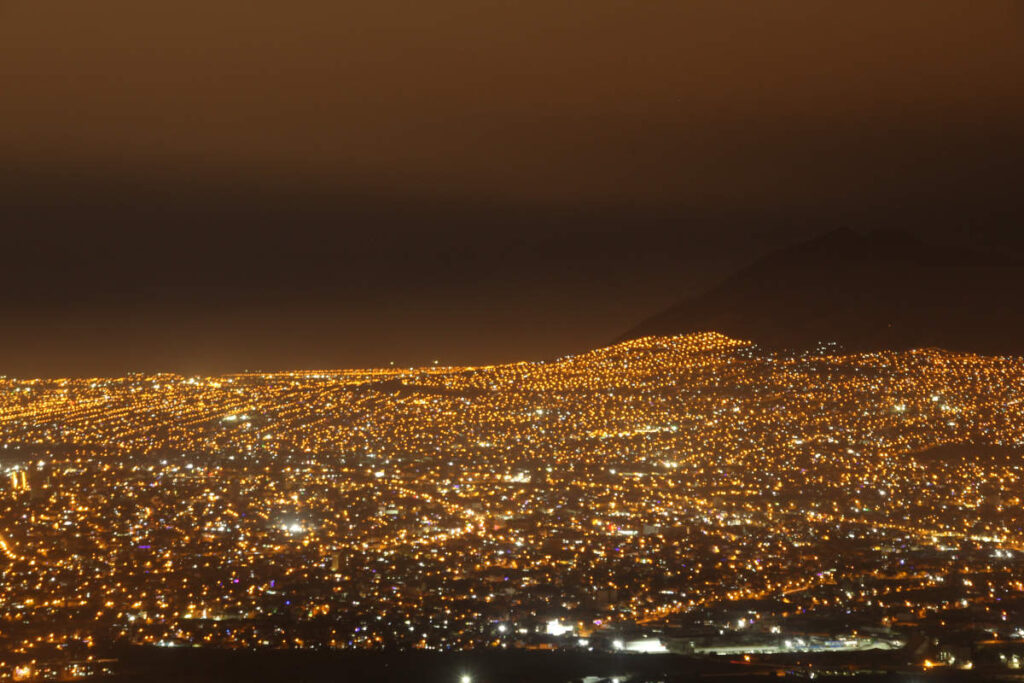
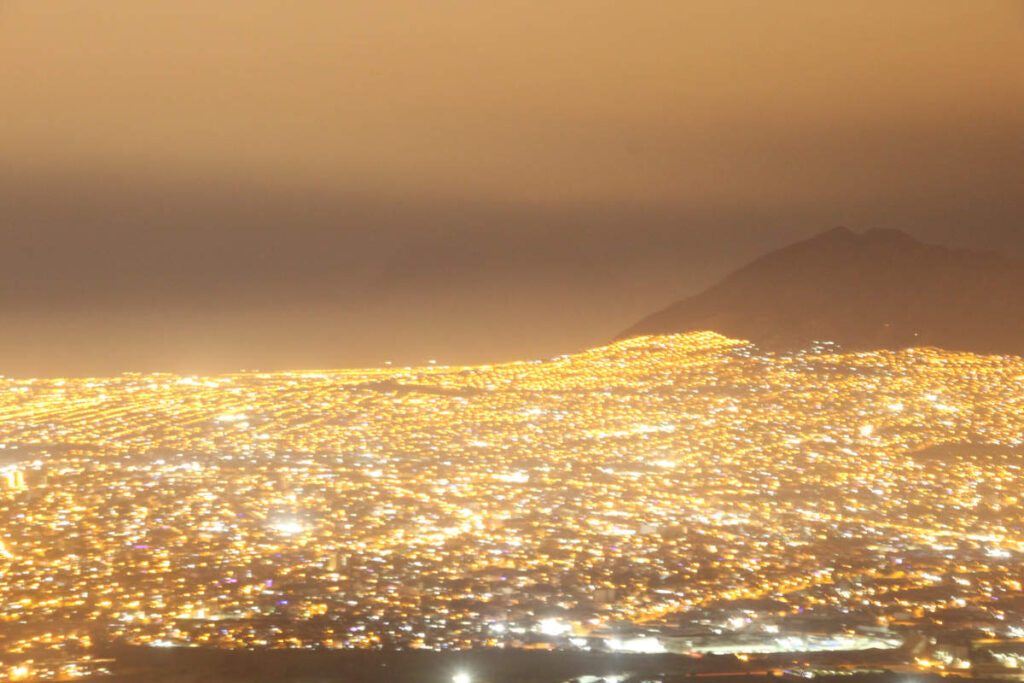
The lower ISO gave me a clearer image despite some longer shutter speeds yet still definition of the fireworks.
Aperture
I didn’t play around with my aperture all that much, in complete honesty. There seemed to be a range of opinions regarding what to go for. Personally, I started with an aperture of f/8 and then adjusted from there up to f/10.
Shutter Speed
Once I settled with ISO 200 and an aperture of f/10, I had a lot of fun playing around with my shutter speed throughout the duration of the shoot. You have a couple of options for how to approach your shutter speed.
One option is to shoot in bulb mode. While I didn’t utilize bulb mode for my fireworks photography I have used bulb mode in the past for some lightning photography which worked out great.

The benefit of bulb mode is that you can choose when to release the shutter. Just press down the shutter-release and then release whenever you want to. A remote release option would be useful if you intend to shoot in bulb mode so as to avoid camera shake since you would, otherwise, have to be physically holding the shutter-release button down.
If you don’t shoot in bulb mode you can also manually change the shutter speed settings, which is what I did. I experimented with shutter speeds from 1 to 30 seconds over the course of the night, with some of my favorite images having a shutter speed of 13 seconds.
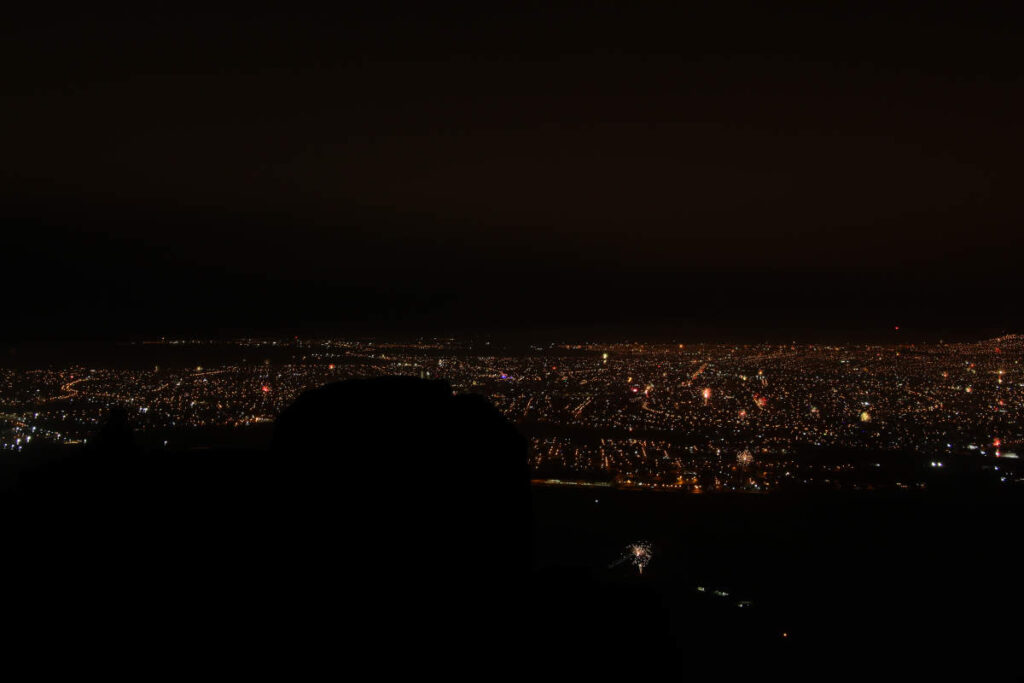
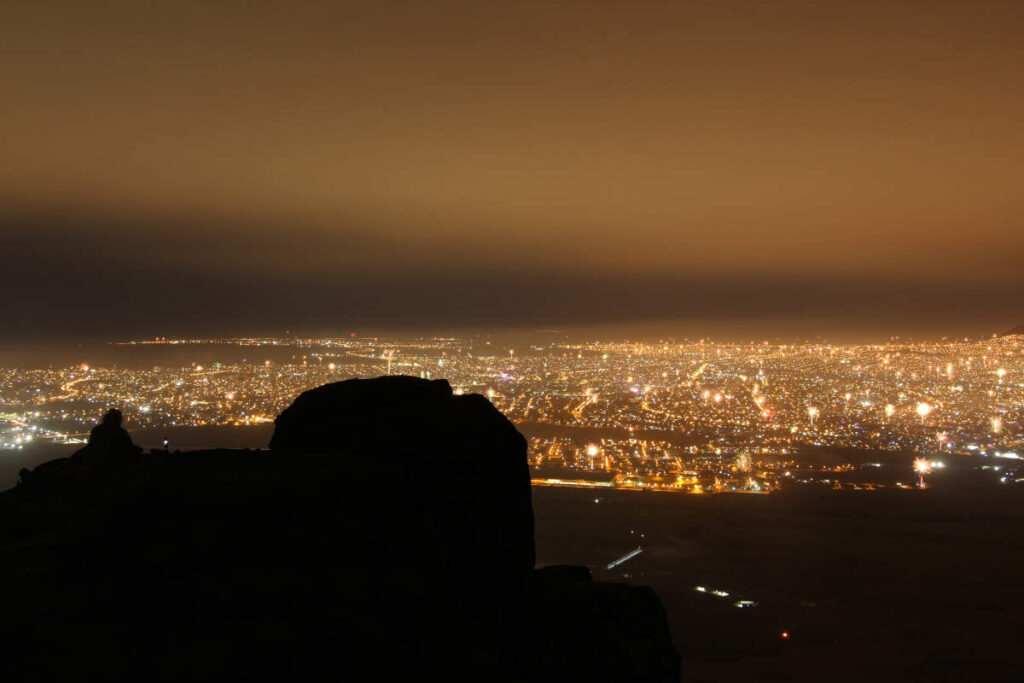
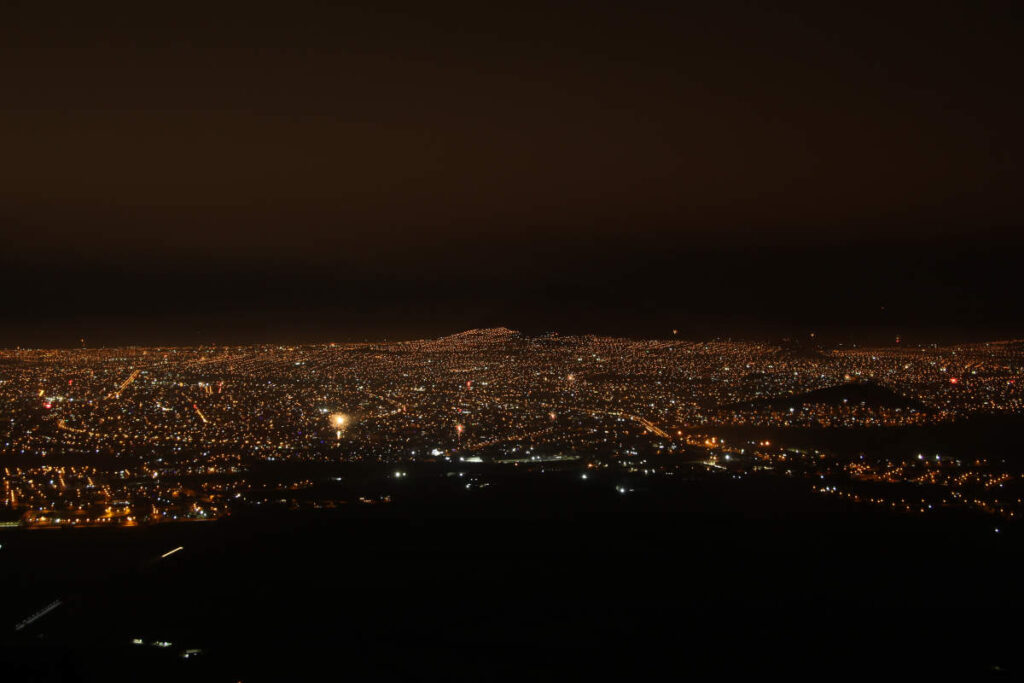
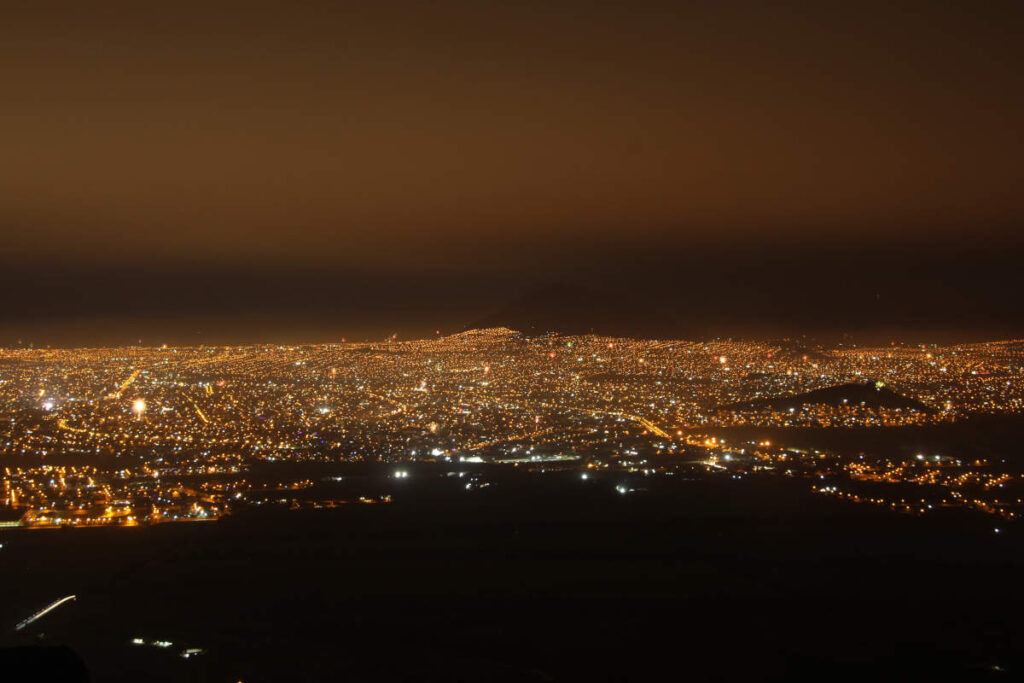
Bottom: shutter speed of 5 seconds (left) vs 13 seconds (right)
What shutter speed you want to use is going to largely depend upon your vision and point of view, as previously discussed. If you want more of a landscape shot with a bunch of fireworks, go with a longer shutter speed. For singular fireworks and a dark background, go for a shorter one. And you can experiment with all of the options in between to your heart’s desire. Again, don’t be afraid to experiment and see what different kinds of shots you can get.
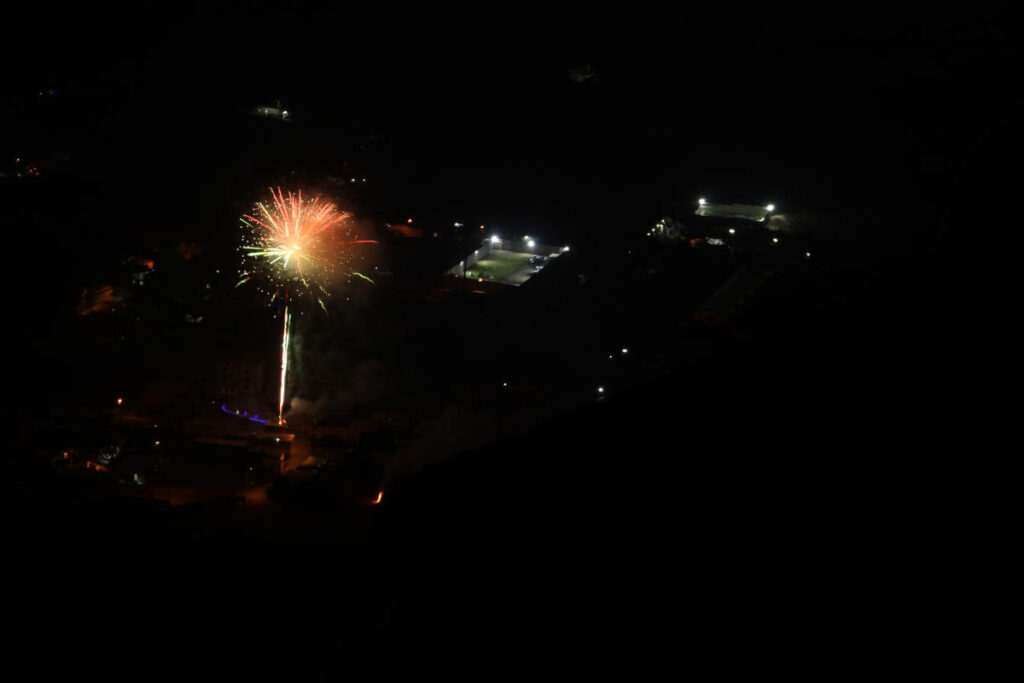
Editing
So you went and had a blast (pun intended) checking out a fireworks show and taking some photos. When you get home, before you share your images, you may want to spend some time editing.
When I first got my DSLR, I was so amazed by the image quality I spent absolutely no time editing my images beyond making sure the horizon wasn’t crooked (an issue which Olivia pointed out to me years ago and one which, since then, I’ve never been able not to think about when looking at my photos). From there, I’ve gradually progressed into some basic editing using, first Gimp and, now, Darktable. Gimp is kind of like a free version of Photoshop while Darktable is like a free version of Lightroom.
I’m currently loving darktable for photo edits, especially considering the option to edit a single photo from a set, create a pre-set, and then apply to all like photos, making slight adjustments as needed. This is saving me A TON of time editing photos.
I’m not going to go in-depth on the editing process as I wouldn’t consider myself to be a great editor as of yet however will share the order in which I’m currently approaching my photo editing.
- Straighten out/crop the image
- Remove any spots from dirty lens/sensor
- Adjust black level and exposure
- Adjust saturation and vibrance
- Adjust contrast (in Darktable, I opt to adjust the contrast in the “Local Contrast” section as this allows for greater nuance in contrast adjustments)
- Adjust the temperature
- Continue to adjust the image as needed from there (color correction, fine tuning what I’ve already adjusted, image sharpening, vignette, etc.)
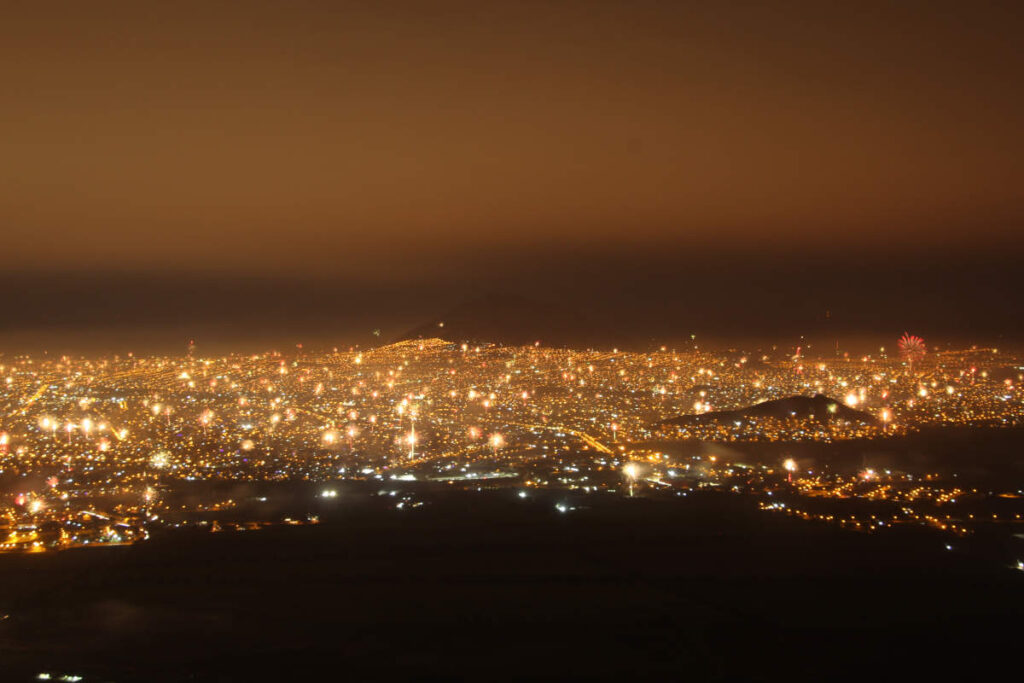
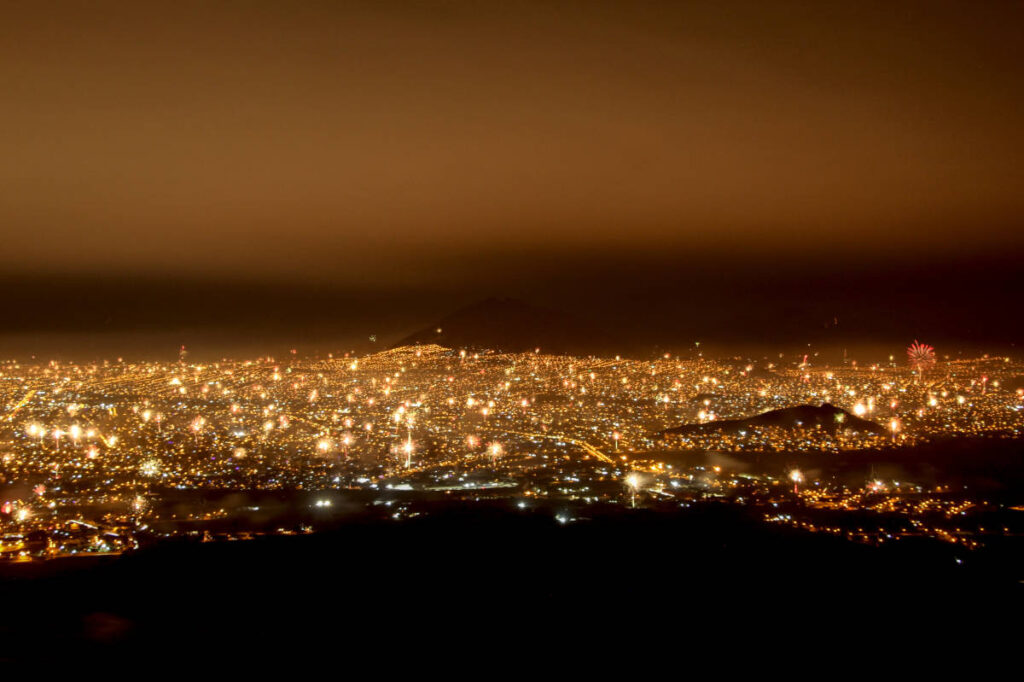
This is a very basic rundown of how I currently go about my editing but may help you with determining an order in which you want to approach your own editing process, something which I know I was overwhelmed with when starting out.
Additional Resources
Looking for some more info/advice? Here are some reading materials that I found especially helpful when researching how to go about shooting fireworks that you may also enjoy:
I hope you found some of this info helpful. All in all, be prepared, have fun, don’t be afraid to experiment, and don’t forget to take some time to enjoy the show.
Oh, and before I forget — Happy New Year!

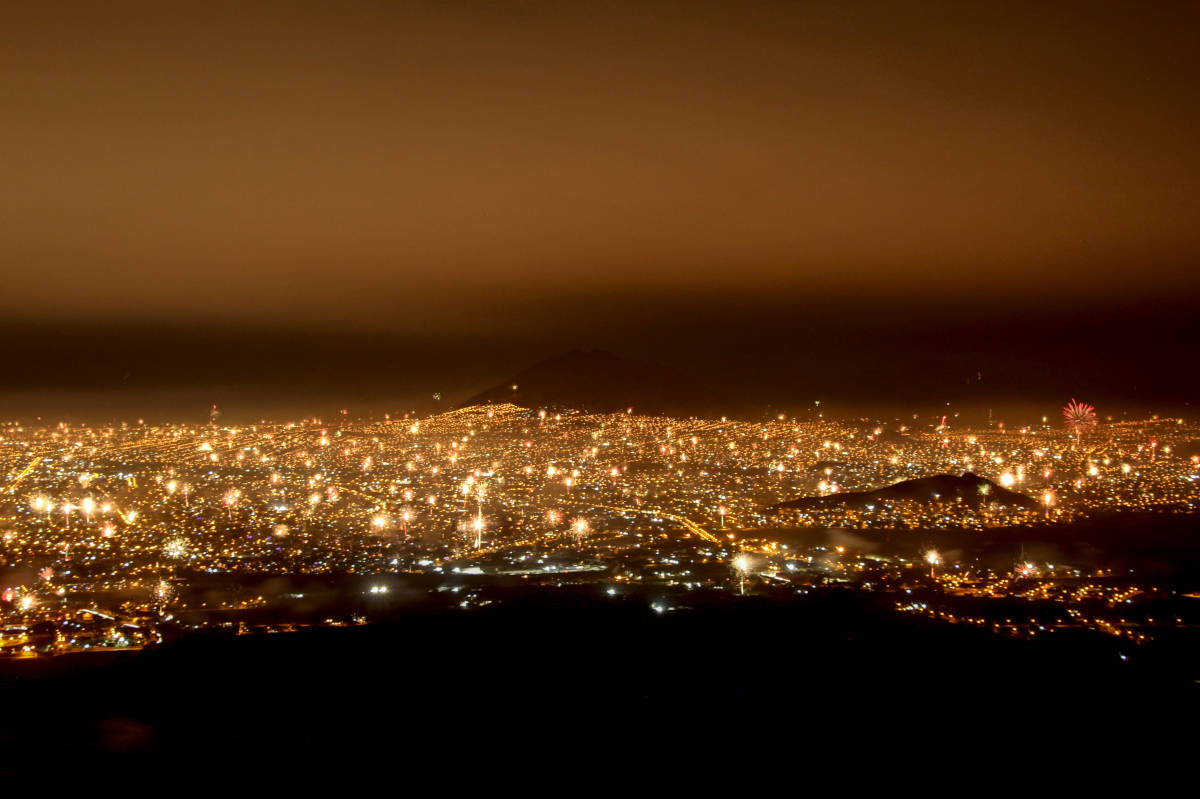

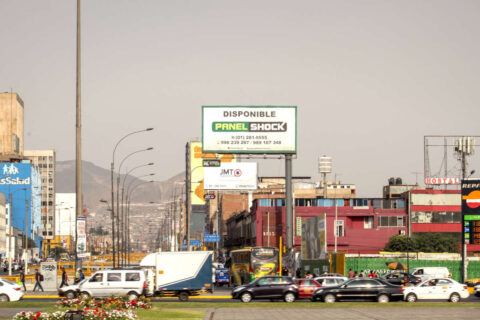

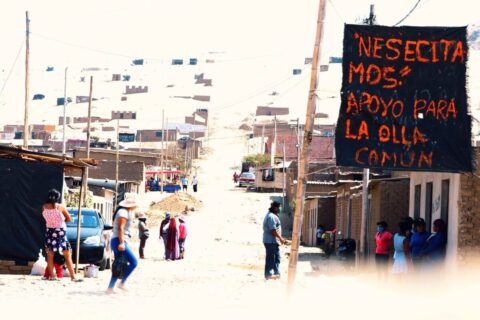

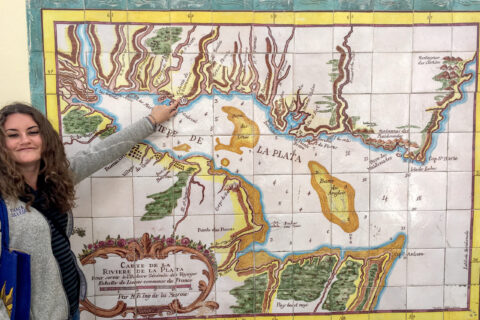
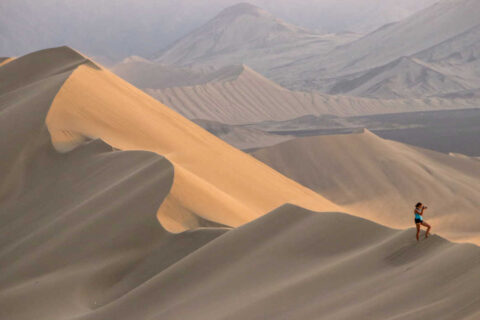
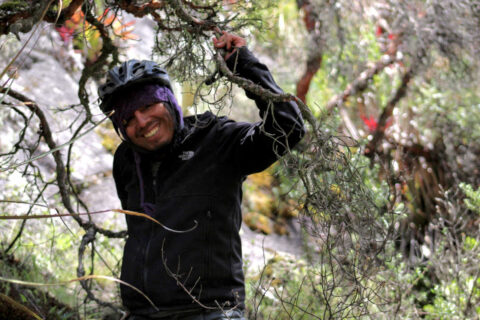
Hola Sierra,
This article is super-informative and fun to read; wonderful!
Abrazos, Dad
Thanks, Dad! 🙂